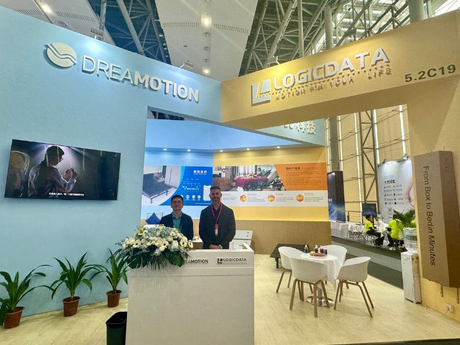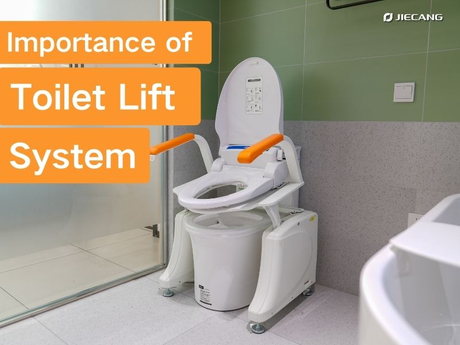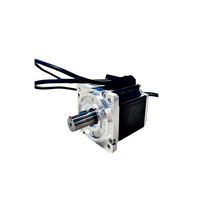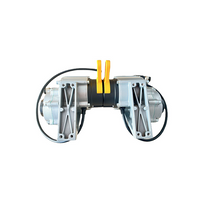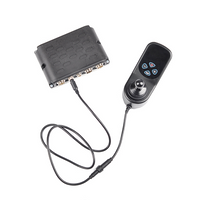- Home
-
- TF Integrated Workstation
- TT Integrated Station
- TS Single-Person Station
- TO Single-Person Station
- Advanced Office Table
- Manager Table
- Odette Conference Table
- Lifting White Board
- Lifting Podium
- Working Port
- Zen Standing Desk
- Lifting Coffee Table
- Home Standing Desk
- Nature Standing Desk
- Invictus Gaming Desk
- Study Desk
-
-
- Electric Hospital Bed
- Image Equipment
- Examination Bed/Clinic Bed
- Operation Table and Chair
- Infant Incubator
- Home Care Bed
- Patient Lift
- Wheelchair
- Toilet Lift
- Bath Lift
- Shower Trolley
- Ophthalmic Workstation
- Treatment Chair
- Facial Chair
- Traction Table
- Massage Chair
- OT Training Equipment
- Stand-up Application
- Rehabilitation Robot
-
-
- Photovoltaic Application
- Photothermal Application
- Energy Storage Container
- Tractor
- Seeder
- Fertilizer Spreader
- Harvester
- Rotary Cultivator
- Climate Control System
- Automatic Feeding System
- Excavator
- Paver
- Road Roller
- High Altitude Work Platform
- Garbage Truck
- Street Sweeper
- AMR Automated Guided Vehicle (AGV) and Autonomous Mobile Robot (AMR)
- Electric Forklift
- Palletizing Collaborative Robots
- Collaborative Robot Handling (Robot Pick and Place)
- Packaging Machine
-
-
12V /24V wheelchair motor for sale
Views: 0 Author: Site Editor Publish Time: 2024-04-16 Origin: Site
What are the wheelchair motor attachments?
Wheelchair motor attachments are devices that can be added to manual wheelchairs to enhance their functionality, converting them into motorized versions for easier movement and independence. These attachments vary in design and functionality but generally serve to assist users in maneuvering their wheelchairs with less physical effort. Here are some common types of wheelchair motor attachments:
Power Assist Wheels: These are motorized wheels that can be attached to the existing wheel setup of a manual wheelchair. They provide additional power and assistance, helping the user propel the wheelchair more easily, especially over uneven terrain or slopes.
Electric Handcycle Attachments: These attachments connect to the front of a manual wheelchair and include a motorized wheel and handlebars with controls. They transform the wheelchair into a sort of tricycle, where the user can steer and control the speed using the handcycle.
Rear-Mounted Electric Pushers: This type of motor attachment is fixed to the back of the wheelchair and provides a push to the wheelchair with an electric motor. It’s a simple solution for users who need occasional help, such as on steep inclines or long journeys.
Joystick-Controlled Drive Units: These attachments involve a more complex modification where a joystick-controlled motor unit is attached, often converting the manual chair into a fully motorized wheelchair. These systems can be customized to meet specific mobility needs and are suitable for users with limited arm strength or endurance.
Remote-Controlled Systems: Some motor attachments can be controlled remotely, allowing a caregiver to assist with mobility without having to manually push the wheelchair. This is particularly useful for users who may not have the capacity to operate a manual or even a joystick-controlled wheelchair on their own.
Climbing Assists: Specialized motor attachments are available that help a wheelchair climb stairs or steeper inclines. These are engineered for safety and include features to securely navigate such obstacles.
When considering a wheelchair motor attachment, it's important to evaluate the user's specific needs, the compatibility of the device with the existing wheelchair, and the environment in which it will be used. Factors like battery life, weight of the device, ease of attachment and removal, and the overall impact on the wheelchair’s maneuverability should also be considered.

What is a motor for an electric wheelchair?
A motor for an electric wheelchair is a critical component that drives the mobility of the chair. It's designed to convert electrical energy into mechanical energy, allowing the wheelchair to move and be steered without manual effort. Here’s a closer look at the key aspects of motors used in electric wheelchairs:
Types of Motors
Brushed DC Motors: These are traditional motors used in many electric wheelchairs due to their simplicity and cost-effectiveness. They use brushes that make physical contact with the motor's spinning part (the rotor) to deliver power. While they are reliable, they may require more maintenance because the brushes wear out over time.
Brushless DC Motors: Increasingly popular in modern designs, brushless DC motors offer greater efficiency and reliability. They operate electronically without physical brushes, reducing maintenance and providing better performance and longer life spans.
Servo Motors: Used in some high-tech wheelchairs, servo motors provide precise control of movement. They are typically more expensive but are excellent for tasks that require detailed movement and position control.
Features
Power: The power of the motor dictates the speed and torque. Higher power allows the wheelchair to handle more challenging terrains and steeper gradients.
Efficiency: Motor efficiency affects how long the wheelchair can operate on a single battery charge. More efficient motors utilize battery power better, extending the range of the wheelchair.
Noise Level: Especially in indoor environments, a quieter motor makes for a more comfortable user experience.
Durability: Reliable motors that can withstand regular use over rough ground are crucial for the longevity and dependability of the wheelchair.
Considerations
Speed Control: Electric wheelchair motors are typically paired with a control system that allows the user to adjust speed smoothly. This is essential for maneuverability and safety.
Battery Compatibility: The motor must be compatible with the wheelchair’s battery system, with considerations for voltage and current requirements to ensure efficient operation.
Maintenance: Depending on the type of motor, maintenance may vary. Brushless motors generally require less maintenance than brushed motors.
In electric wheelchairs, the motor is often part of a more complex drive system that includes the transmission and electronics for controlling speed and direction. The choice of motor affects not just the performance but also the overall experience of using the wheelchair, impacting everything from how smoothly it rides to how often maintenance might be needed.
Is a motorized wheel for a wheelchair better, 12V or 24V ?
When choosing a motorized wheel for a wheelchair, deciding between a 12V or 24V motor involves considering various factors such as performance, efficiency, and system compatibility. Each voltage level has its advantages and considerations:
24V Motors
Higher Efficiency: 24V motors are generally more efficient than their 12V counterparts. They can deliver more power with less current, reducing energy losses and improving battery life.
Better Performance: With higher voltage, 24V motors can provide more torque and power, which is beneficial for users needing to navigate steeper inclines or more rugged terrain.
Compatibility: Many electric wheelchairs are designed to operate on a 24V system, making these motors more compatible with standard wheelchair electronics and battery packs.
12V Motors
Simplicity and Cost: 12V systems can be simpler and less costly to design and maintain. This makes them a good choice for lighter or more basic wheelchair models.
Availability: 12V batteries and components tend to be widely available and might be easier to replace or repair due to their common use in various applications.
Lower Initial Power Surge: 12V motors can be advantageous in scenarios where a lower initial power surge is necessary, which can help in extending the overall lifespan of the motor and associated electrical components.
Key Considerations:
Battery Life: A 24V motor typically uses power more efficiently, which can lead to better battery life under the same usage conditions compared to a 12V motor.
Power Needs: Consider the typical environments and terrains the wheelchair will be used in. More challenging conditions might necessitate the additional power that 24V motors can provide.
Weight and Size of the User: Heavier users or those requiring robust support might benefit more from 24V motors due to their higher torque output.
System Compatibility: It's crucial to ensure that the motor voltage aligns with other wheelchair components, particularly the battery and control system. Mismatched voltages can lead to operational inefficiencies or potential damage.
For most motorized wheelchairs, especially those intended for varied and potentially challenging outdoor use, a 24V motor is generally better due to its efficiency and power output capabilities. However, for lighter use, especially indoors or on flat terrains, a 12V motor might be sufficient and more cost-effective. Always consider the specific needs of the wheelchair user and consult with a specialist or the wheelchair manufacturer to choose the most appropriate motor voltage.
QUICK LINKSCOMPONENTS











